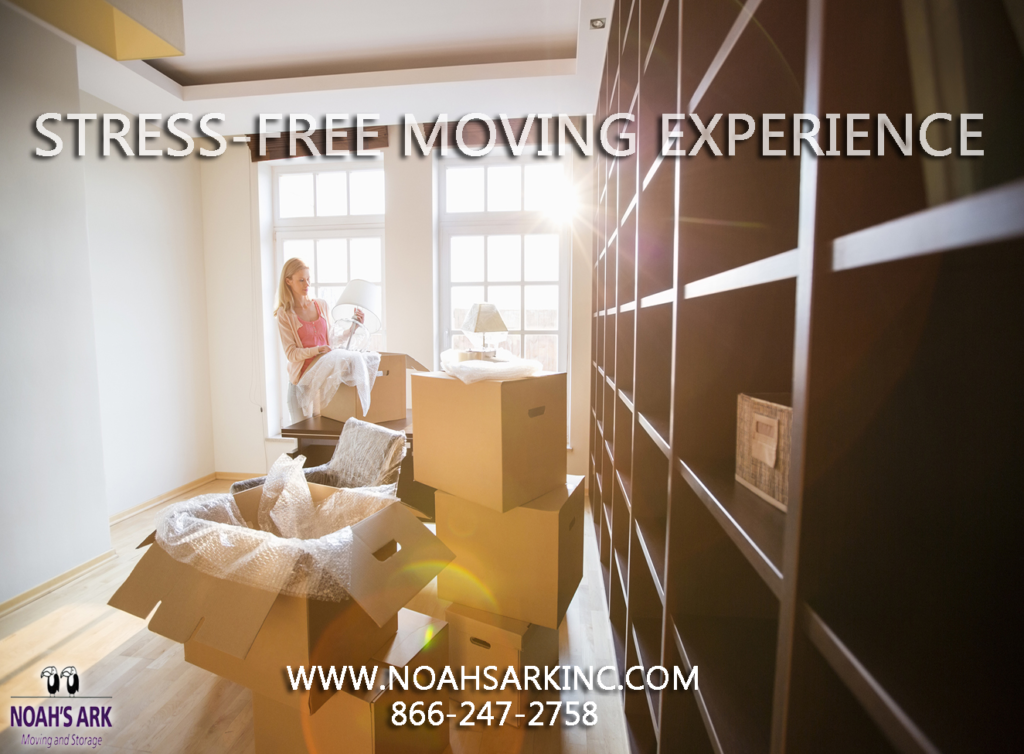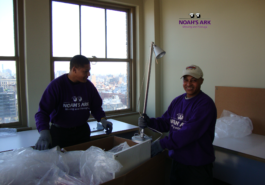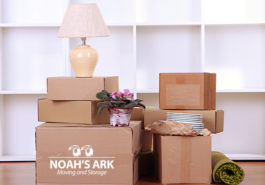 A Positively Moving Experience
A Positively Moving Experience

Stress-Free Moving Experience

Moving can be a major transition. It certainly helps to have preparation and assistance – but even with these, an extra-fortifying calmness booster can make the experience even better. In this blog post, I’ll cover some simple tips that can help make the moving process as stress free as possible.
Preparation
Before packing, make an inventory of the property you will be moving based on their assigned rooms. By doing this, you will be saving yourself the guesswork of whether you have covered all your tracks. This list can also be incredibly useful in unpacking; you will know which items to unload first, and where to place large boxes so the unpacking of individual items can be done inside the rooms that they belong in. It’s always useful to have transparent or labelled boxes, just to minimize time where you might wonder if a box is in the room it belongs in.
Carry-on-Bag
Make sure to bring a separate backpack or purse with you to contain all the items which you might want to have with you during the moving process. This can include food, books, music, refreshing facial wipes, makeup; anything that might help you feel more calm and peaceful during the transition.
Self-Care
I know this might sound obvious, but it’s of primary importance that you stay hydrated during the moving process. Besides the physical exertion it takes to move and transport your belongings, the simple distraction of the process might make you forget to drink water. Hydration is associated with peace of mind, stress-resistance, and ability to concentrate. Hydration also means not simply having a sip of water, but regularly checking in with your body to see if you need to recharge. I recommend carrying a large bottle that can be refilled and reused.
Stretching is also useful for peace of mind as well as preventing strain or injury on the body. An incredibly effective full body stretch can be done at any time where you have a minute to spare – and can majorly ground you, making you more relaxed during the moving. Roll your head to either side of your shoulder, and then forward. With your feet shoulder-width apart, let your head’s gravity slowly bob it down, head first, then your neck, shoulders, upper back, middle back, lower back, and hips. You want to gently fold yourself forward vertebrae-by-vertebrae. This shouldn’t be forced or sped up, but taken at a natural pace, using your body’s gravity to help complete the stretch -it helps a lot to let your arms swing gently – this can remind your neck to deactivate stiff muscles that could be holding it rigid. Let your knees bend gently if you need to, and try to touch your toes. Hold that position for a moment, concentrating on your feet being planted and grounded on the floor. Then gently roll back up to a standing position, but this time, backwards. Starting with your legs, thighs, hips, and then lower-spine to upper-spine, vertebra-by-vertebra. Your head should be the last thing to come up. During this process, take full, stomach-expanding breaths as deep as you can go, and deeply exhale. This simple stress can grant a great sense of grounding and calmness – all the while releasing muscular tension.










